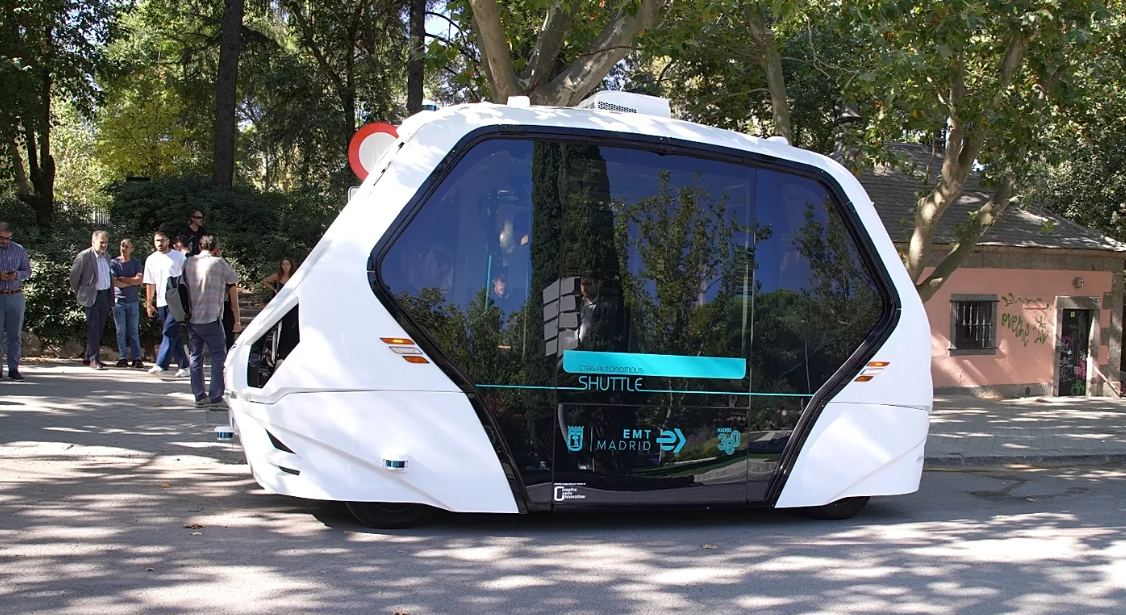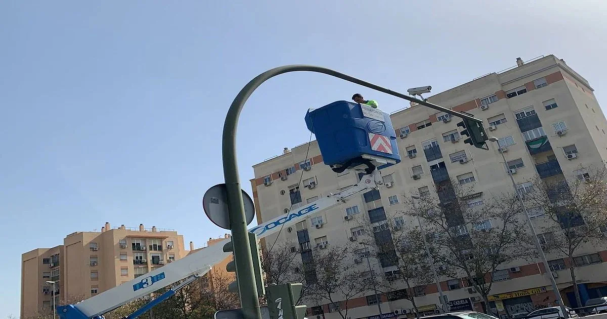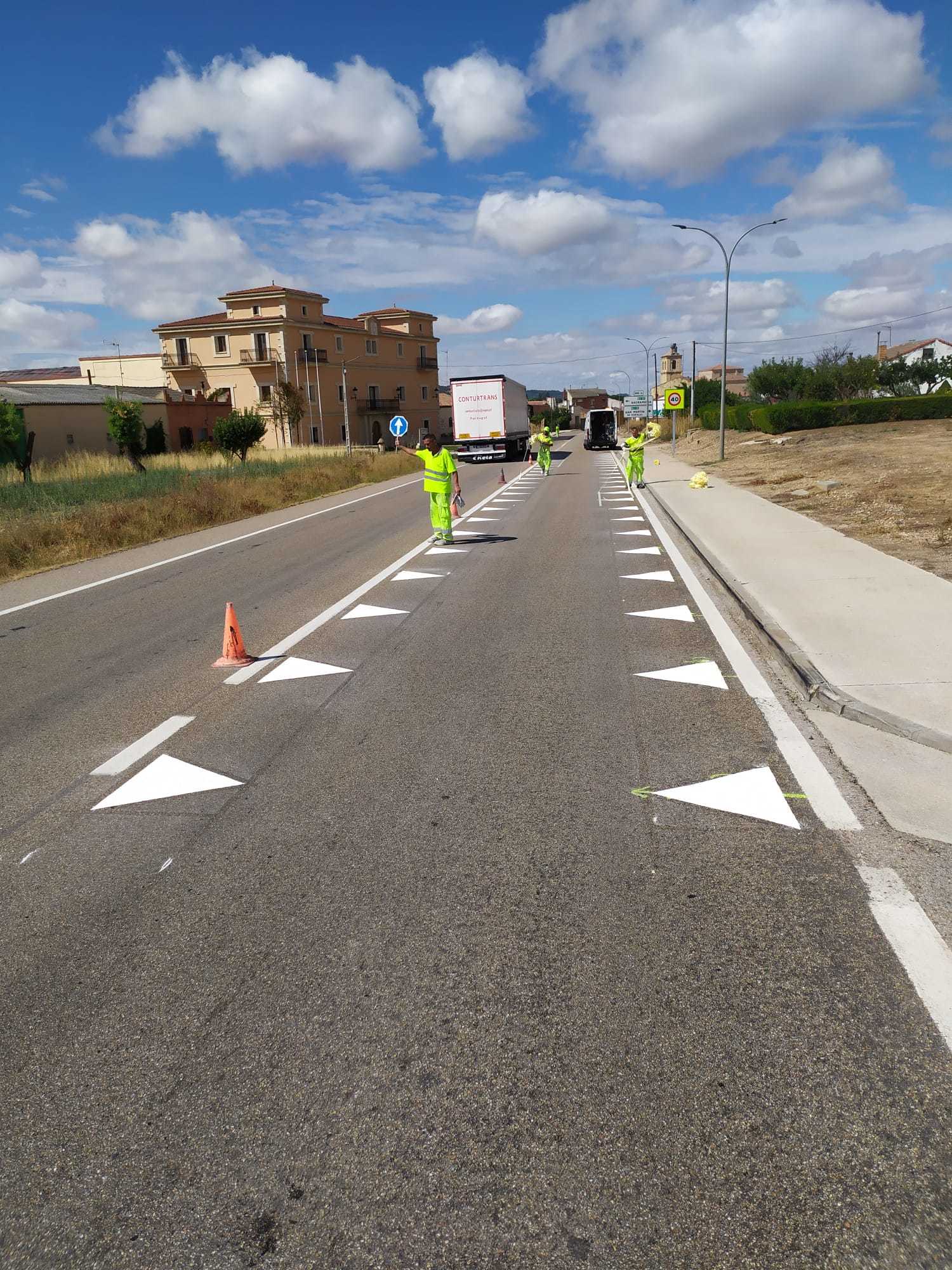Is This the Transport of the Future?
Friday, September 26, 2025
The Spanish capital, Madrid, is taking a major step into the future of urban mobility with the launch of its first-ever fully autonomous bus pilot project. Since September 15, an electric minibus manufactured and integrated in Spain has been circulating in the city's Casa de Campo park, offering passengers a glimpse of a driverless public transport system.

The test, a collaboration between the Municipal Transport Company (EMT) and the Automotive Technology Centre of Galicia (CTAG), is a key part of Madrid's European Mobility Week activities and is set to run until October 24.
The Pilot Program: Free, Electric, and Autonomous
The vehicle being tested is a small, 100% electric minibus with a capacity for 12 passengers. It operates on a free, circular route covering 1.8 kilometres with six stops, running from Monday to Friday between 12 p.m. and 5 p.m. The primary goal is to assess the performance of the vehicle's cutting-edge systems under real, open traffic conditions, navigating alongside cyclists, pedestrians, and other vehicles.
Despite its driverless nature, a safety operator is always on board. This is not only a regulatory requirement in Spain but also a safeguard, allowing an operator to monitor the journey and intervene in case of emergency, such as opening doors or manually braking.
A Made-in-Spain Brain
While autonomous vehicle components often come from various international suppliers, this project proudly features Spanish expertise. The assembly, software, and systems integration—the "brain" of the vehicle—were all developed by CTAG in Galicia.
The minibus operates at a high level of autonomy, Level 4, meaning it can handle nearly all driving situations independently. It uses an advanced array of sensors, cameras, and GPS to navigate, recognising:
- Roads and traffic lights.
- Cyclists and pedestrians.
- Any object, from a bicycle to an animal, reacts accordingly to avoid collisions.
EMT officials have expressed enthusiasm for the vehicle's dynamic behaviour, noting that the technology is "very well integrated" and does not behave "erratically or robotically."
The Future of Urban Mobility
This pilot goes beyond a simple technological demonstration. It serves as an exploration of how autonomous vehicles can complement and enhance existing public transport networks. While the lack of professional drivers is a growing problem in many parts of Europe, Madrid's focus is on improving safety and efficiency.
Experts believe these small, autonomous shuttles won't replace the large 12-meter city buses, but rather serve as a solution for specific public transport challenges. They are perfectly suited for:
- Short-distance routes (1-5 km).
- Operation in constrained areas like university campuses, industrial parks, or city centres, where large vehicles are impractical.
With cities across Europe, including Paris and Stockholm, also experimenting with autonomous mobility, the results of Madrid’s pilot will be crucial in determining the path forward. It appears the journey towards a smarter, more efficient public transport future is well underway.
 3
Like
Published at 9:43 PM Comments (0)
3
Like
Published at 9:43 PM Comments (0)
Cameras: Spain's Invisible Red-Light Enforcers
Friday, September 12, 2025
Spain is increasingly adopting a new type of 'invisible camera' known as 'foto-rojo' to automatically penalise drivers who run red lights. These systems are designed to be discreet, making them difficult for drivers to spot, and are part of a broader effort to improve urban road safety.

How They Work
These cameras are typically installed on poles or traffic light posts and are not designed to be conspicuous. Their presence is generally indicated by a vertical sign located 20-25 meters before the intersection. The system operates 24/7 and is only activated when the traffic light is red.
When a vehicle crosses the white stop line on a red light, the camera takes two photographs: one before the car enters the intersection and a second one after it has crossed. These images, along with the vehicle's license plate and other relevant data, are sent to a server. A mobility agent then reviews the case to verify the infraction.
Penalties and Legal Implications
If a red-light violation is confirmed, the driver faces a fine of 200 euros, which can be reduced by 50% if paid within the voluntary period. The offence also results in a deduction of 4 points from the driver's license. The citation is typically mailed to the vehicle owner, who is responsible for providing the identity of the driver at the time of the offence.
While these fines are automated, they can be appealed. According to legal experts, a significant number of fines are overturned by the courts due to procedural errors, technical deficiencies with the cameras, or a lack of solid evidence. Drivers can appeal a fine if the images are of poor quality, if the system's calibration is not up to date, or if the fine contains formal defects.
Location and Impact on Safety
These cameras are being installed by municipalities to reduce accidents in high-risk urban intersections, particularly those with a history of crashes involving pedestrians. They are already active in several major cities across Spain, including:
-
Madrid
-
Barcelona
-
Bilbao
-
Zaragoza
-
Valencia
-
Seville
The use of 'foto-rojo' systems is a key measure in Spain's road safety strategy, particularly in urban areas where distracted driving and a failure to follow traffic signals are significant factors in accidents. By automating the enforcement of red-light violations, authorities aim to reduce reckless behaviour and make city streets safer for all road users.
 1
Like
Published at 11:44 PM Comments (1)
1
Like
Published at 11:44 PM Comments (1)
"Dragon's Teeth" on Spanish Roads: What You Need to Know
Saturday, September 6, 2025
A new road marking, unofficially dubbed "dragon's teeth" (dientes de león), is appearing on Spanish roads and drivers should take note. These white triangles, painted along the edge of the lane, are a visual cue designed to slow down traffic and could result in a €200 fine for those who ignore them.
What Are They and What Do They Do?
 The triangles, officially classified as M-8.1 markings, are spaced about 1.5 meters apart and typically cover the 30 meters leading up to a built-up area. Their purpose is to create an optical illusion, making the road appear narrower than it is. This subconscious effect prompts drivers to reduce their speed without the need for physical speed bumps or rumble strips. The Dirección General de Tráfico (DGT) states that the goal is to reduce accidents in areas where fast-moving traffic meets vulnerable road users, such as pedestrians and cyclists. The triangles, officially classified as M-8.1 markings, are spaced about 1.5 meters apart and typically cover the 30 meters leading up to a built-up area. Their purpose is to create an optical illusion, making the road appear narrower than it is. This subconscious effect prompts drivers to reduce their speed without the need for physical speed bumps or rumble strips. The Dirección General de Tráfico (DGT) states that the goal is to reduce accidents in areas where fast-moving traffic meets vulnerable road users, such as pedestrians and cyclists.
Where You Will See Them
These markings are being implemented at the entry points of towns and villages, as well as near schools, hospitals, residential streets, and crossings—in essence, any location where drivers need to transition from open-road speeds to urban speeds. The DGT has been trialing the markings in various municipalities, with Nava de Roa (Burgos) being one of the first to adopt them. The use of these markings is spreading as local councils update their road paint.
The Rule and the Fine
The General Traffic Regulations specify that the M-8.1 marking indicates that drivers must "sensibly reduce" their speed and exercise extra caution. The practical instruction is clear: when you see the "dragon's teeth," ease your speed down to 30 km/h unless a different limit is posted. Drivers who fail to comply and continue at a higher speed risk an administrative fine of up to €200.
Tips for Drivers
To avoid a fine and drive safely in these areas, drivers should:
-
Spot the run-up: The triangles are placed well in advance of the first houses or junctions, so recognize them as an early warning sign.
-
Confirm the speed: Look for a speed limit sign or a painted '30' on the road surface as you enter the urban area.
-
Maintain a slow pace: The intent is not a quick brake but to maintain a steady speed of 30 km/h until signs indicate a change.
-
Be aware of people: These zones are chosen to protect children, pedestrians, and cyclists, so stay alert and be prepared to yield.
The "dragon's teeth" are part of a broader refresh of Spain's traffic signage and markings, aimed at improving road safety. For tourists and residents alike, understanding these simple but crucial markings is essential for safe driving and avoiding a fine.
 3
Like
Published at 6:54 AM Comments (0)
3
Like
Published at 6:54 AM Comments (0)
Spam post or Abuse? Please let us know
|
|